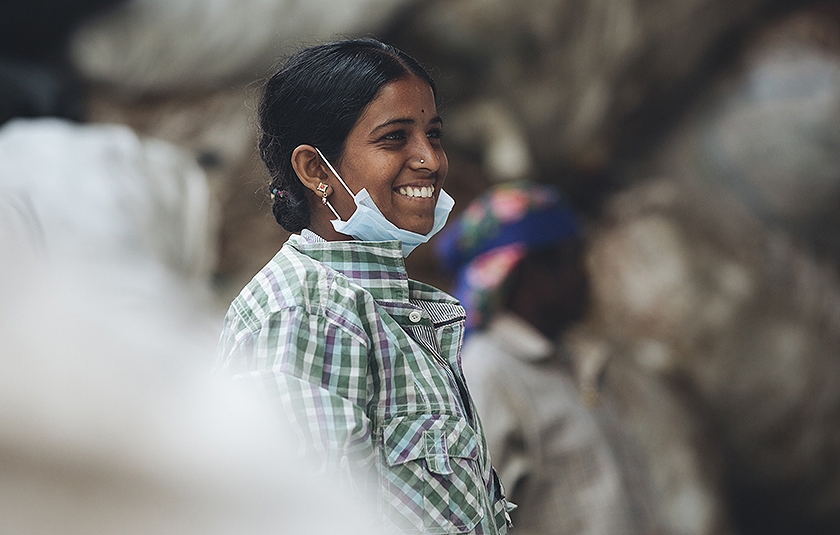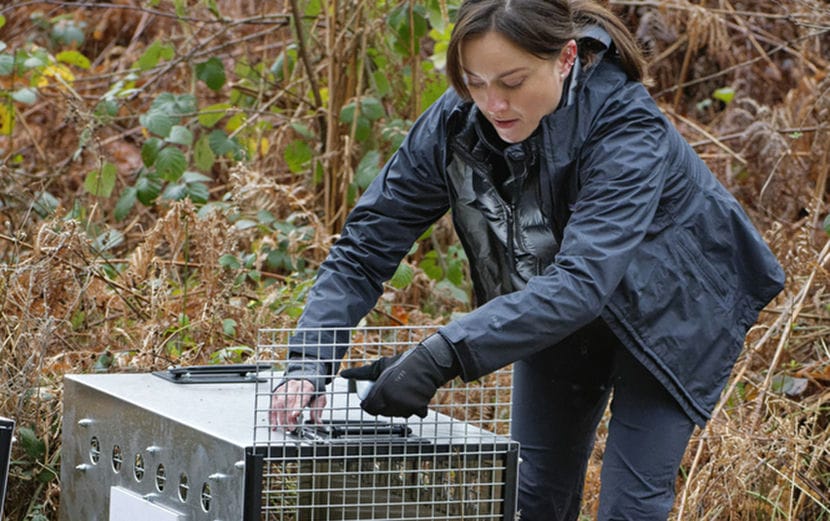Wilding – a hands-off approach to ecological restoration – is becoming an increasingly popular phenomenon in big cities. And where there are trees, there are birds – discover Sublime magazine’s guide to birdwatching.
If you’ve ever watched in awe at the absurdities of pigeons, quietly contemplating how beautiful their plumage is when the sun catches it just right, you might be a birdwatcher. If you’re amazed at the sight of a jewel-green, ring-necked parakeet peeking at you through the leaves of a tree, you’re definitely a birdwatcher.
Bird-watching and bird-ing, however, are two completely different terms, separated by one simple thing: effort. Birdwatchers are people that catch opportunities to see anything flit about: a robin perched on your front gate, a crow peering at you from above, a pigeon strutting across a busy road with unexplainable confidence. Birders, on the other hand, will make the time to observe our winged neighbours – they watch with purpose, with zest. With binoculars!
It’s no wonder that birdwatching and birding in urban areas is rising in popularity. In recent years, London has become increasingly reminiscent of a forest. Wildlife is all around us; all you need is the patience to wait for the animals to reveal themselves. Aside from becoming more aware of the residents of your area, their habitats and conservation needs, connecting with nature offers plenty of personal benefits, too, such as improving mindfulness or enjoying quality time outdoors with family and friends.

So why not give it a go? Join a birdwatching collective like Flock Together, who aim to make the use of green spaces more inclusive for Black, Asian and people of other minority ethnicities. They meet once a month and head out into the wild to explore and observe and have chapters all over the UK, accepting all levels of birdwatchers.
Birding For All – originally known as the Disabled Birding Association – are a collective of birdwatchers who advocate for the improved accessibility to birdwatching sites for the physically disabled. Conservation is their main priority, but they also argue that clever design innovations can make all the difference in ensuring the freedom of everyone. Membership is free and open to all regardless of physical ability.
‘To bird is to visit all the world without vision of borders.’
If you’re more of an introvert, not to worry – you can enjoy this pastime on your own, but remember the Royal Society for the Protection of Birds’ birdwatchers’ code:
- The birds’ safety comes first – avoid disturbing birds and their habitats.
- Know the rules for visiting green spaces and follow them.
- Record your sightings and report anything interesting to the British Trust for Ornithology. This can be vital for tracking the conservation status of certain species.
- Think about the interests of wildlife and local people before passing on news of a rare bird, especially during breeding season. Keep them safe.
Find out more about the code of conduct here.

You might find that, sometimes, birds might need a little encouragement to come out of their hiding spots. Extra calories and nutrition – especially during breeding season – can be beneficial to their health and wellbeing, so remember: extra worms in the summer, fat balls in the winter, cat food for the crows, and stay away from raw peanuts. If you’re setting up a bird feeder in your garden, top it up once a day, or twice when the weather’s severe enough to be commented upon. For extra guidance visit the RSPB website.
Need some motivation to begin your birdwatching journey? When it comes to role models, look no further than Dr Mya-Rose Craig. Also known as Birdgirl, she is a British Bangladeshi ornithologist and environmental activist who, at just 19 years old, is currently the youngest competitive birdwatcher to see half the world’s birds.

Dr Craig’s most important lesson? We can find our place in the world by cherishing life around us.
In 2017 Dr Craig also founded the organisation Black2Nature, arranging nature camps for Black, Asian and minority ethnic children and teenagers. Her aim is to deliver ‘equal access to nature to the hugely under-represented visible minority ethnic (VME) demographic’ – get involved and find out more on her blog.
Photos by: Patrice Bouchard & Kiana Bosman
About the Author:
Kitty Atkins is an intern at #SublimeHub, an educational programme training the new generation of journalists to advance social and environmental sustainability through media activism.

















